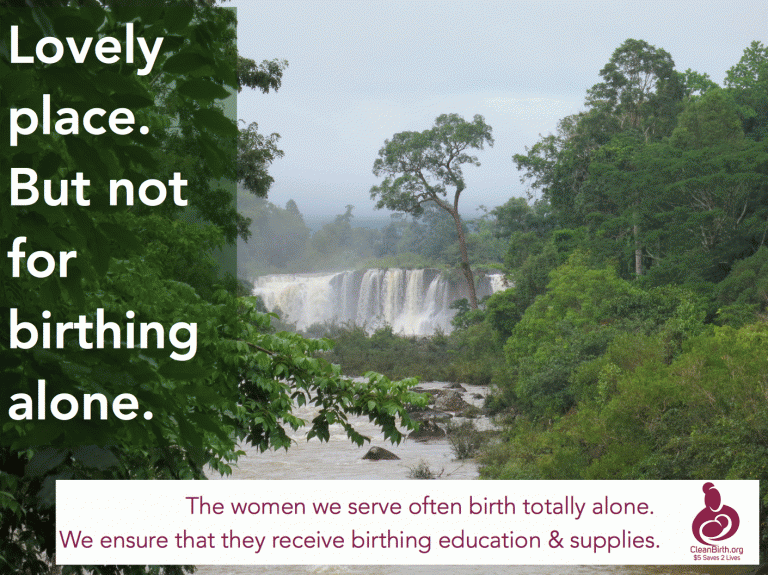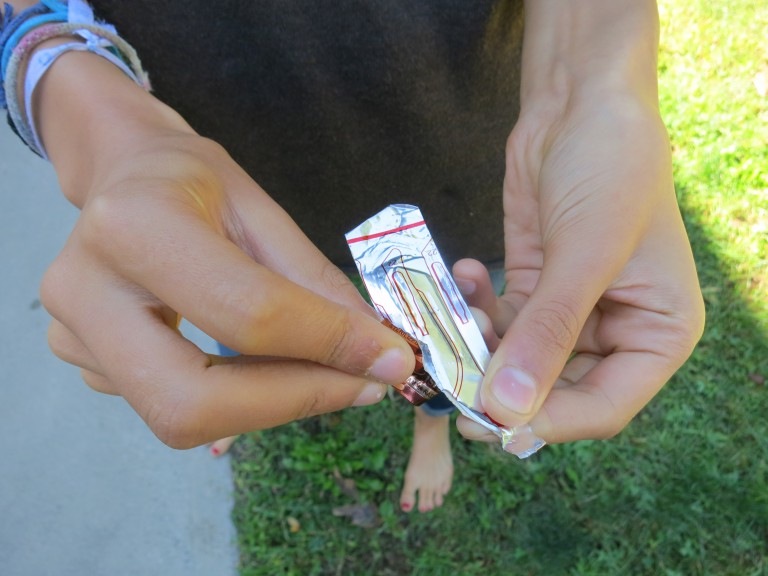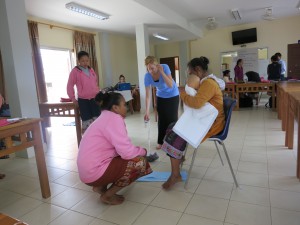Whenever I am in Laos, I am struck by the contrast between the natural beauty, the beauty of the people and the ugliness of poverty. I want to show the world that Laos is more than neglected women and babies. There is so much beauty. A rich culture and wonderful sense of family. Like all countries Laos is many things. I feel lucky to get to visit and witness such a unique and beautiful place.
Instruction Sheets Rehaul
The nurses and our partner organization have asked that the instruction sheet that we include with the birth kits gets an overhaul and is done with real pictures.
Today 2 high school students — one of whom is Lao — and I staged a Lao birth in my New Haven, CT yard. All in a day’s work for this maternal health advocate:)
Here’s a sneak peak at the pictures that will become the our ayzh birth kits instruction sheet.

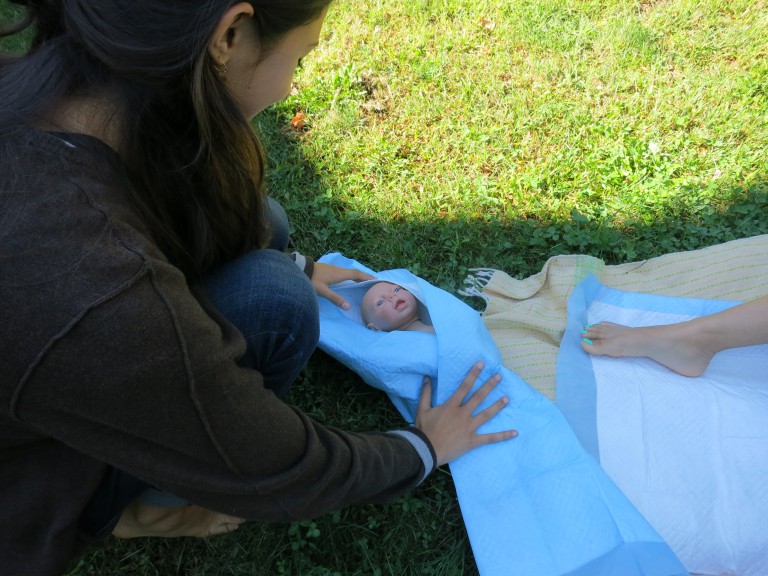

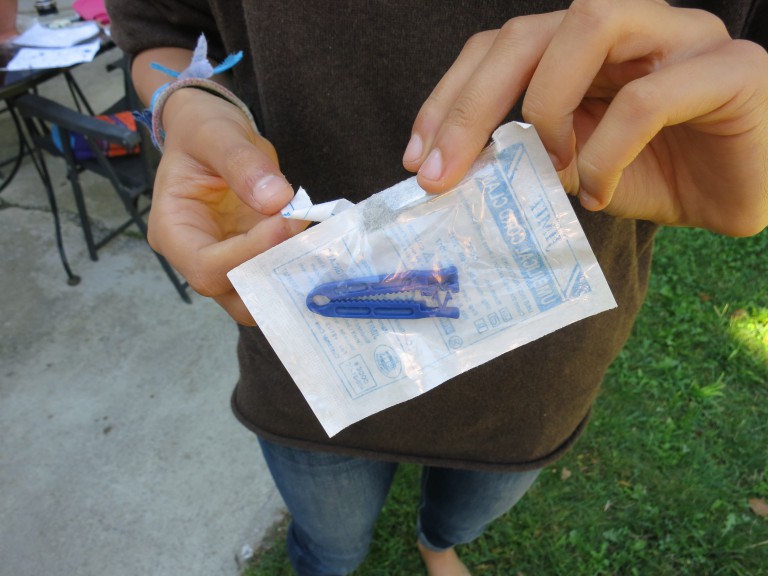
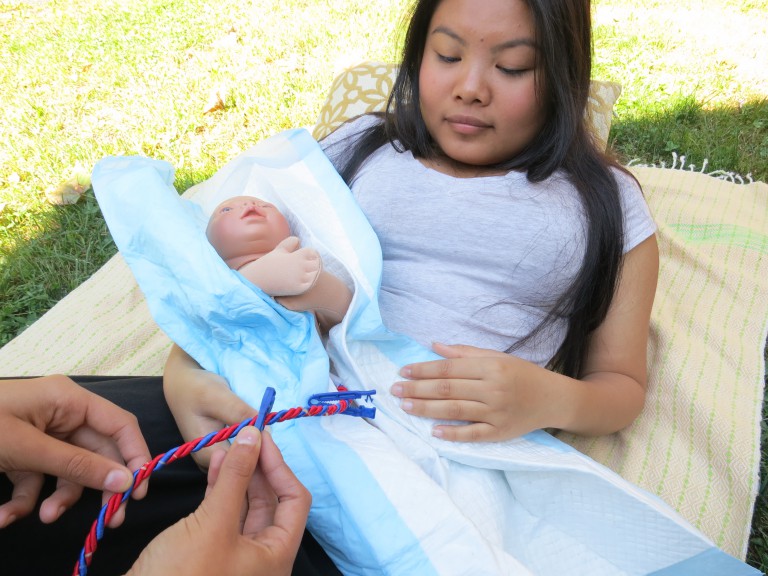
July Training Big Success!
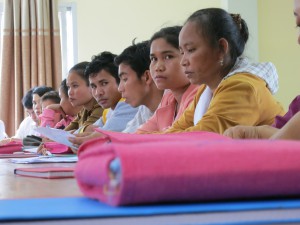
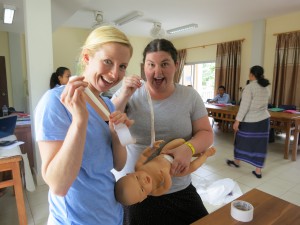
I cannot say enough about the amazing experience of training 53 nurses and health staff last week on the use of birth kits and WHO’s Essentials of Newborn Care. The Yale Nursing team did an amazing job of teaching the latter, which adds so much to the hygienic birth promoted by the birth kits. It was a perfect match!
We used role play extensively in the training: modeling and then giving extensive time for hands on practice.
We learned so much from the 18 returning nurses and health staff about how the kits are working in the field.
Per their suggestions we plan to make the following changes:
- Add gloves to the kits. These will NOT be for clean hands – we will still provide soap and clean picture instructions for cleaning hands throughout the birth process. Instead the gloves will be used to help overcome the specific taboo against touching the blood of the mother/baby. The gloves will thus be a tool for encouraging mothers to have a partner at birth.
- Add another absorbant sheet for wrapping newborn to the kits. This was much asked for and dovetails nicely into the Yale Midwives teaching about WHO’s Essentials of Newborn Care.
- Keep the cord clamps (not cotton ties) in the kits – add a second clamp. The plastic clamps are working once people get enough education about how to use them. The second clamp is needed because mothers usually tie off two place (mother and baby).
- Extend education beyond the mom. Have partner present during the education and at the after birth interview. This way, the laboring mother, is not the only one responsible for making sure birth is hygenic.
- Continue to train Village Volunteers but have nurses hand out the kits and do the interviews. When nurses visit the villages every 1-3 months they will distribute kits and interview mothers who have used the kits. This is better than the Volunteers, who are often not literate, tracking the kit usage.
In addition to practicing the use of birth kits, we spent time reviewing the data collection procedures. Due to erratic reporting, we decided that our partner organization will contact each nurse on the 1st day of the month and 5th day of the month via calls and texts. If no news by Day 7, the small stipend of $4 per month will be withheld for that month.
At the end of the training, we asked the nurses to tell the most important things they learned from the training. Here’s what they said:
- The steps of how to use the birth kit
- The importance of a birth partner so that mother is not alone
- The importance of clean hands for the birth attendant
- How to stimulate the baby
- How to use the bag and mask to resuscitate the baby
- How to put the baby skin to skin
- Why to delay cord clamping
- How to accurately record data
Success! It was a great training, thanks to the wonderful organization of our Lao partner’s staff, to Cele, Lizzie, and Hannah, from the Yale School of Nursing, and the excellent participation of the local nurses! So exciting to see the project growing!!
Training 47 Nurses
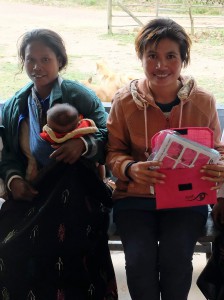
The goal of the midwifery trip – which is 75% funded by Yale and 25% by the midwives — are that nurses and village volunteers in Laos are able to:
1. move newborn to mother for skin to skin immediately after birth
2. count newborn respirations and heart beat
3. clear newborn airway of secretions if needed
4. position infant airway if needed
5. apply bag and mask positive pressure if needed
6. tie umbilical cord and cut with a clean blade
7. assist a mother position the newborn for breastfeeding
8. evaluate if the newborn has adequate breast milk intake
9. do a basic newborn physical exam
10. do a basic maternal postpartum exam
Here’s a look at the schedule:
We will be at the Salavan office Monday afternoon when we arrive from Thailand for preparation.
Tuesday we will train returning the 15 nurses.
Wed-Thurs we will train 32 nurses our hotel conference room.
Friday we will observe a Village Volunteer Training about Clean Birth Kits, conducted by our trained nurses.
Saturday we will visit the villages and clinics for the Yale midwives to assess local conditions at the clinics.
Sunday and Monday we will meet with Dr. Nong and her staff to work on capacity building of her staff.
Director of Yale Midwifery Speaks at Fundraiser
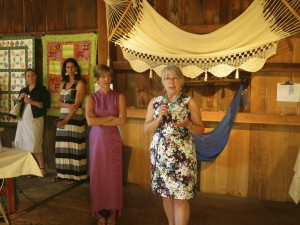
The goal of the midwifery trip – which is 75% funded by Yale School of Nursing and 25% by the midwives — are that nurses and village volunteers in Laos are able to:
1. move newborn to mother for skin to skin immediately after birth
2. count newborn respirations and heart beat
3. clear newborn airway of secretions if needed
4. position infant airway if needed
5. apply bag and mask positive pressure if needed
6. tie umbilical cord and cut with a clean blade
7. assist a mother position the newborn for breastfeeding
8. evaluate if the newborn has adequate breast milk intake
9. do a basic newborn physical exam
10. do a basic maternal postpartum exam
- « Previous Page
- 1
- …
- 5
- 6
- 7
- 8
- 9
- …
- 32
- Next Page »
